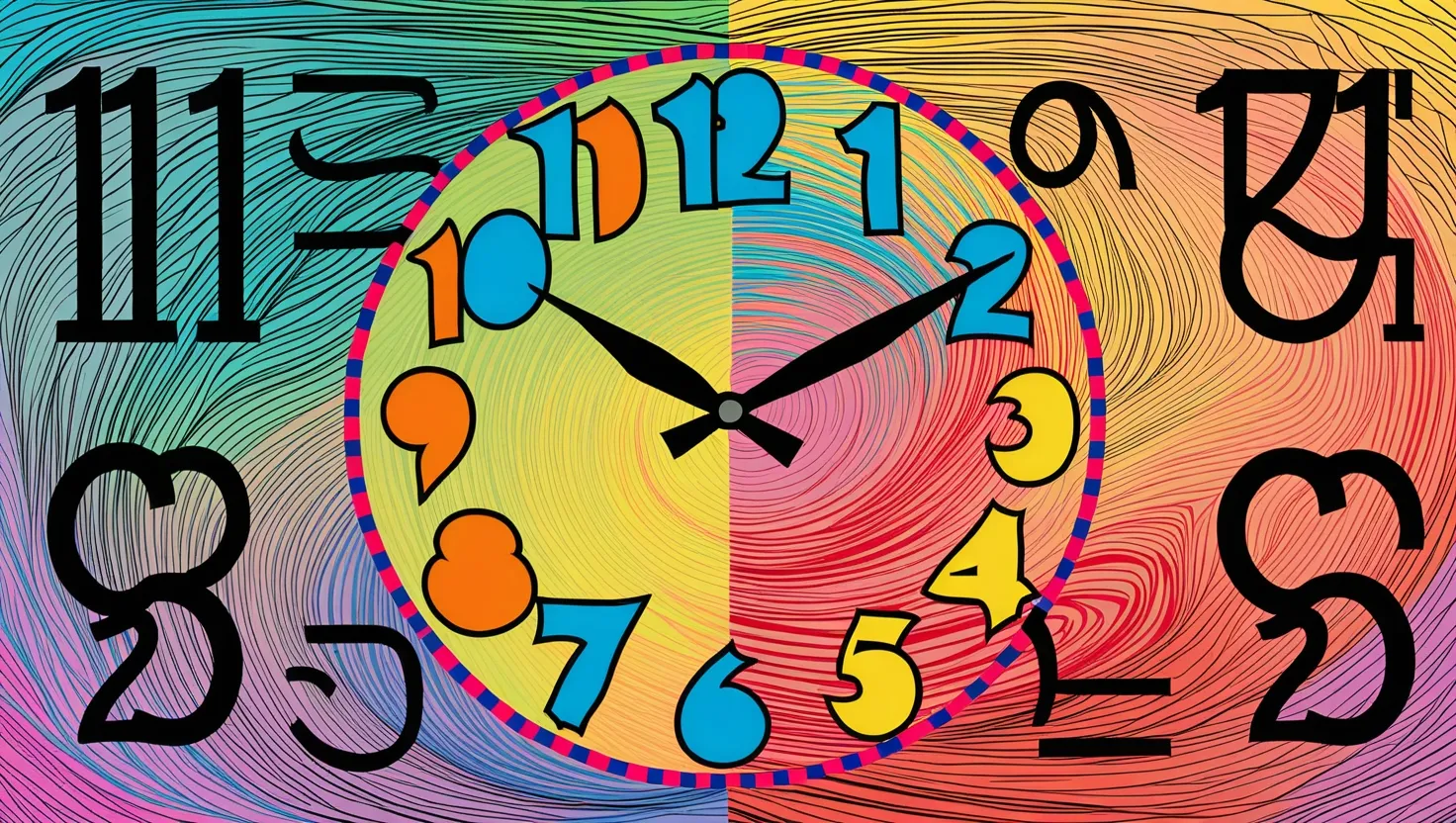Imagine a world where your daily tasks align perfectly with your personal experience of time. This isn’t about adhering to rigid schedules or embracing flexible work hours; it’s about tailoring your workflow to match your unique perception of time’s passage. Each of us has a distinct “time personality” – some feel time racing by, others sense it crawling, and a few experience it in cycles. By understanding this intrinsic rhythm, you can craft a work routine that feels natural and effortless.
Understanding Your Time Personality
To begin, it’s crucial to recognize how you perceive time. Do you often find yourself feeling like there just aren’t enough hours in the day, or do you sometimes get lost in the flow of time, only to realize hours have passed without you noticing? These feelings are not just random; they are indicative of your internal clock and how it influences your productivity.
For instance, if you’re someone who feels time speeding by, you might find that quick tasks are best handled during these periods. Your mind is sharp, and the sense of urgency can drive you to complete tasks efficiently. On the other hand, if time feels expansive, this could be the perfect moment to tackle complex projects. The feeling of having ample time allows you to delve deeper into the details without the pressure of a ticking clock.
Aligning Tasks with Your Temporal Landscape
Once you’ve identified your time personality, the next step is to align your tasks accordingly. This approach transforms productivity into a harmonious dance with your internal clock. Instead of fighting against time, you’re working in sync with it.
Consider your energy levels and focus throughout the day. If you’re a morning person who feels invigorated and alert, this might be the best time to handle critical or creative tasks. Conversely, if your energy wanes in the afternoons but you feel more methodical, this could be an ideal time for administrative or routine tasks.
The Power of Cycles
Some people experience time in cycles, where certain periods of the day or week feel more productive than others. Recognizing these cycles can be incredibly powerful. For example, if you find that you’re more productive in the morning and early afternoon, but then experience a dip, you can plan your tasks around these cycles.
Use your peak cycles for tasks that require intense focus or creativity. During your less productive cycles, focus on tasks that are more routine or require less mental energy. This balance ensures that you’re always working at your best, regardless of the time of day.
Managing Shift Work and Irregular Schedules
For those who work irregular schedules, such as shift workers, understanding your time personality is even more critical. Shift work can disrupt your natural circadian rhythms, making it challenging to maintain a consistent workflow.
To adapt, focus on strategies that promote sleep, wakefulness, and adaptation of your circadian clock to your work schedule. This might involve establishing a consistent sleep routine, even on days off, and using light therapy to help regulate your internal clock. By aligning your work tasks with your adjusted circadian rhythms, you can maintain productivity even in the face of irregular schedules.
Leveraging Technology and Tools
In today’s digital age, there are numerous tools and technologies that can help you optimize your workflow based on your time personality. For instance, project management software can be set up to remind you of tasks during your most productive times. Apps that track your energy levels and focus can provide insights into when you’re at your best.
Tools like Quarto and GitHub, often used in data analysis, can also be adapted to other types of work. These tools allow you to create interactive reports and manage version control efficiently, which can be particularly useful if you’re working on complex projects that require collaboration and precision.
Creating a Harmonious Work Environment
The environment in which you work also plays a significant role in your productivity. Tailor your workspace to enhance your natural work rhythm. If you’re someone who feels time moving in cycles, consider setting up different workstations for different tasks. For example, a quiet corner for focused work and a more open area for collaborative tasks.
Lighting, noise levels, and even the color scheme of your workspace can influence how you perceive time and your overall productivity. Natural light, for instance, can help regulate your circadian rhythms, while a well-designed workspace can reduce distractions and enhance focus.
The Psychological Aspect
Understanding your time personality is not just about practical adjustments; it also has a profound psychological impact. When you’re working in harmony with your internal clock, you feel more in control and less stressed. This sense of alignment can boost your morale and overall job satisfaction.
Moreover, recognizing that your perception of time is unique can help you avoid comparing yourself to others. Instead of feeling like you’re not productive enough because someone else seems to be getting more done, you can focus on your own rhythm and how it contributes to your overall productivity.
Implementing the Chronomorphic Approach
Implementing this chronomorphic approach to productivity is not a one-size-fits-all solution. It requires a deep understanding of yourself and how you interact with time. Here are a few steps to get you started:
- Observe Your Patterns: Spend a week or two tracking how you feel throughout the day. Note when you’re most focused, when you’re most energetic, and when you feel time speeding by or crawling.
- Adjust Your Schedule: Based on your observations, adjust your schedule to align with your natural rhythms. This might mean starting your day earlier or later, or breaking your tasks into smaller chunks that fit within your productive cycles.
- Use Technology Wisely: Utilize tools and apps that help you stay on track and manage your time effectively. Set reminders, track your energy levels, and use project management software to keep your tasks organized.
- Create a Supportive Environment: Ensure your workspace is designed to support your productivity. This includes everything from the lighting and noise levels to the layout of your workspace.
Conclusion
In a world where time is often seen as a fixed and linear concept, understanding and aligning with your unique time personality can be a game-changer. By recognizing how you perceive time and tailoring your workflow accordingly, you can transform your productivity into a seamless and natural process.
This approach isn’t about fighting against time or trying to fit into someone else’s mold; it’s about working in harmony with your internal clock. It’s a journey of self-discovery and optimization, where every task feels like a natural extension of your own rhythm. In this chronomorphic world, efficiency isn’t about racing against the clock; it’s about dancing with it, making every moment count in a way that feels effortless and natural.






